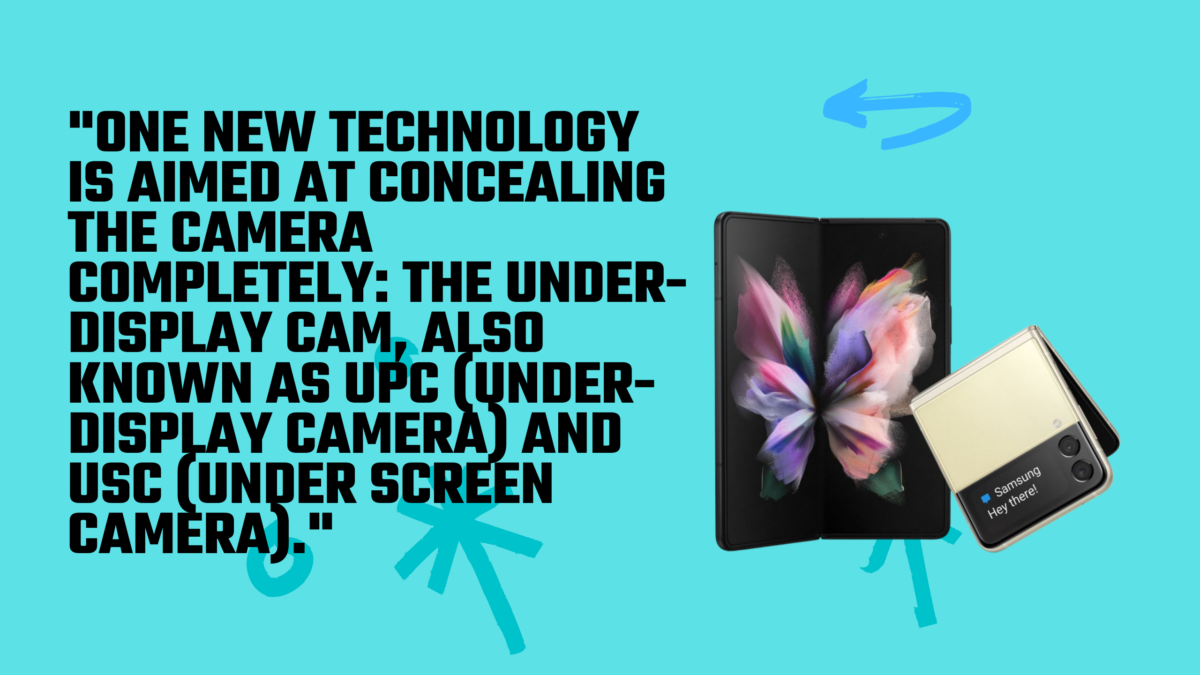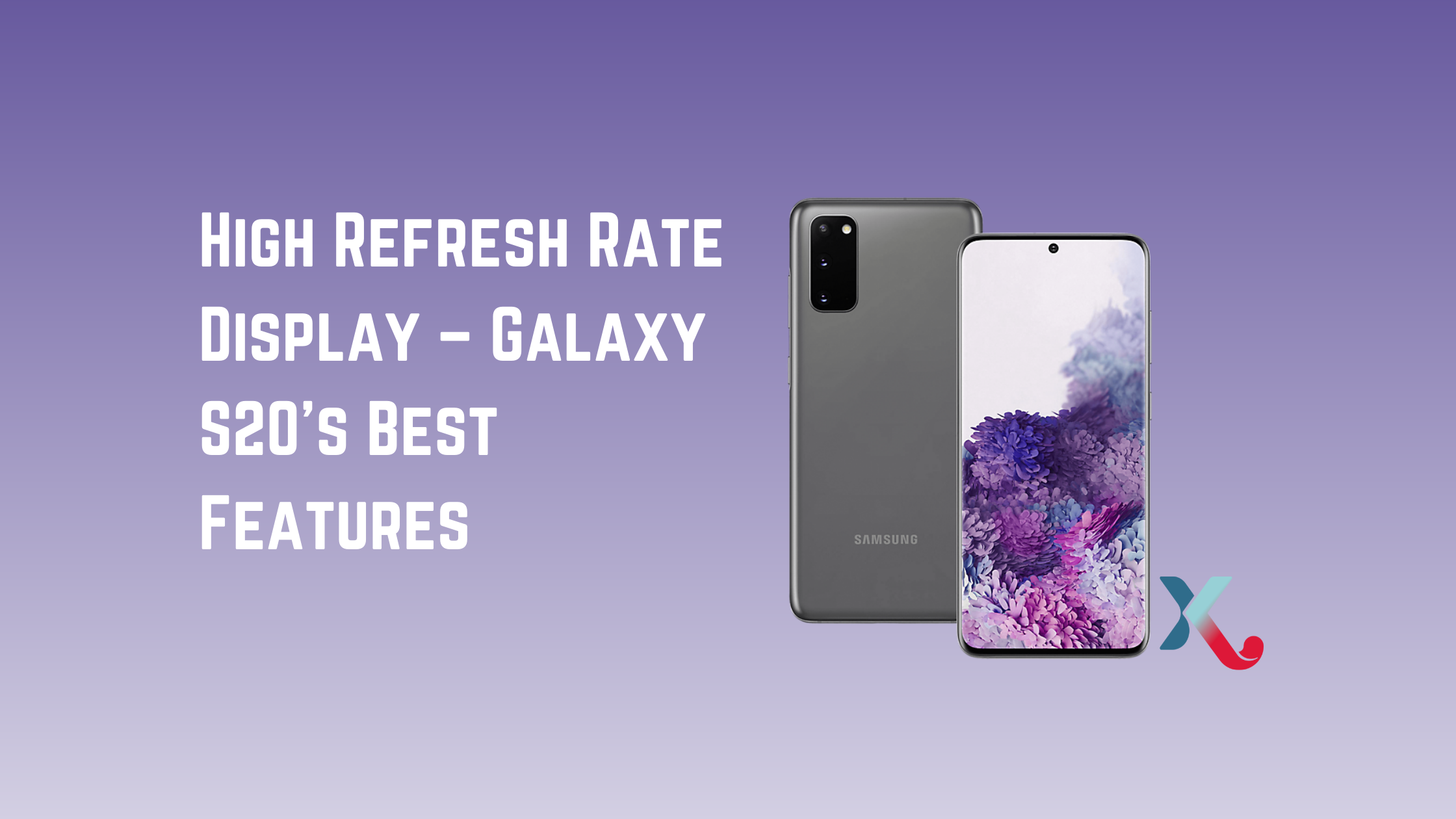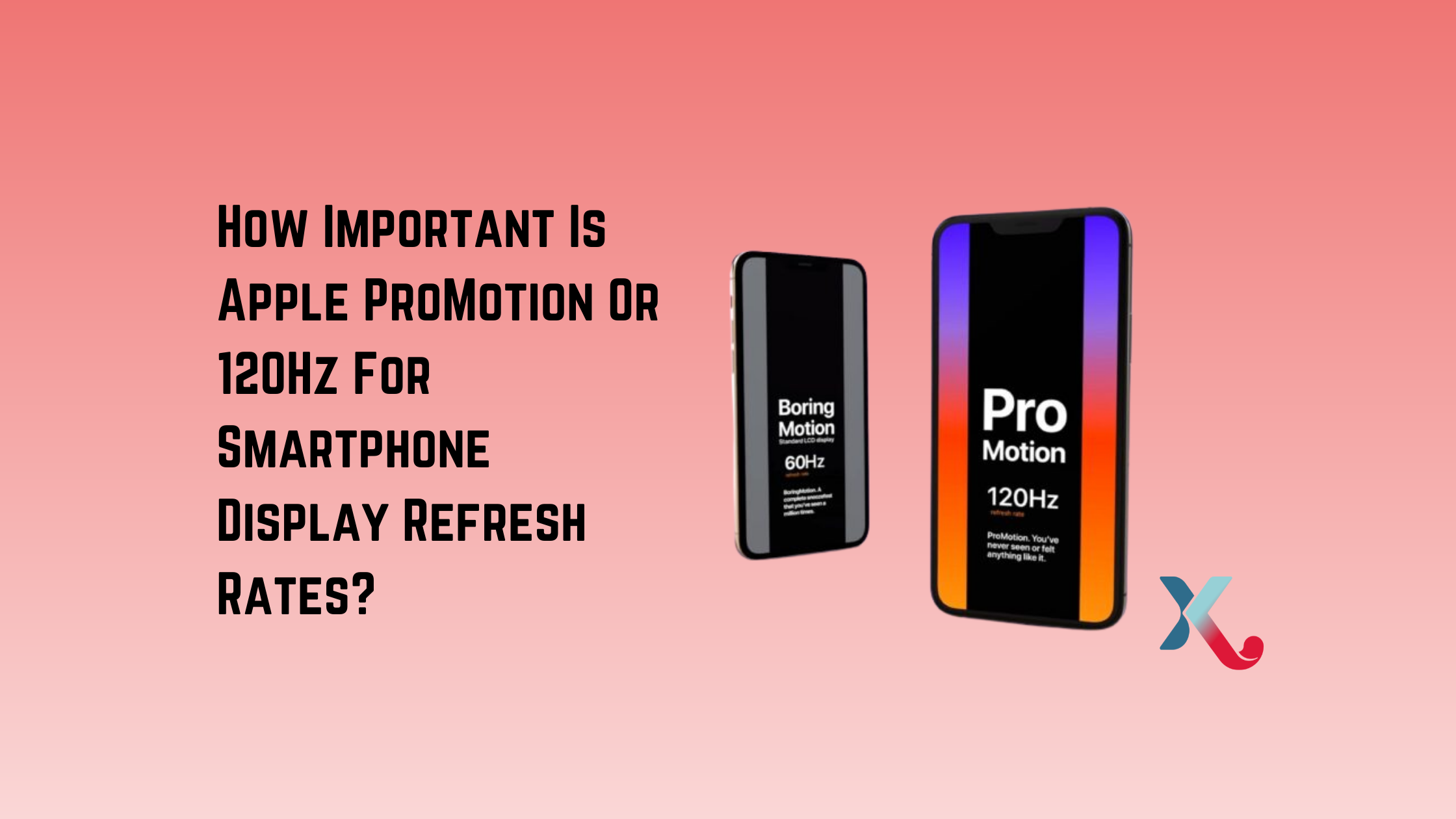Smartphone manufacturers have been trying different ways for years to make a display that is truly edge-to-edge. The ultimate goal is a smartphone with a screen that extends to all four edges of a frame with no interruptions.
The problem is, phone users also tend to want a selfie camera. We’ve seen many inventive ways to conceal it or reduce its visual impact.
Pop-up cameras have existed, as well as tiny dewdrop notches and flip cameras. There are also punch-hole cameras that can be attached to phones’ fronts. One new technology is aimed at concealing it completely: The under-display cam, also known as UPC (under-panel camera) and USC (under screen camera).

What is an under-display camera?
The UPC/USC, or under-display camera, is a hidden camera behind the display panel on the smartphone.
What is the working principle of an under-display camera?
It’s basically similar to the in-display optical finger sensors. A small section of the panel is transparent and allows light to pass through to the camera that’s behind it. Technically speaking, the small transparent area near the top of your screen is actually a second display.
You might be wondering why they don’t make the transparent part of the main screen transparent like they do with optical fingerprint scanners. This is because OLED panels cannot let enough light through to the opposite side to produce a decently coloured image. For now, companies such as ZTE and Xiaomi are using an invisible secondary display within a display.
Unfortunately, this would result in poor image quality, so they placed it in the status bar, where the quality of images is not essential.
Although the ultimate goal is to make it invisible, it hasn’t been possible in early versions. However, it is almost invisible in darker conditions, but if you shine a light on the area hiding the camera, the light will clearly show the area that allows light through.
What phones are equipped with it?
ZTE Axon 20-5G was the first phone to feature an under-screen camera. It’s also currently the only phone with an under-display camera that is commercially available.
Vivo’s Apex 2020 concept smartphone has it. However, that concept phone is not yet available for purchase.
Oppo and Xiaomi have both demonstrated the technology but have yet to release the final phones for sale. However, it is rumoured that the technology will make its way to the Samsung Galaxy Z Fold 3.
Why doesn’t it appear on more phones?
The simple answer is that the technology is not perfect at the time this article was written. It’s been implemented in ZTE’s mid-range device.
It’s impossible (yet) for the secondary transparent screen to be completely hidden, as we have already mentioned. Another problem is the image quality of the camera behind it.
It can make it difficult to take great photos if you add a layer of material in front of your camera. Cameras need light to take photos, but also, to produce sharp, accurate results, the light must pass through the sensor without any interference to the signal.
Although this is a gross oversimplification, it’s like covering your camera with a thin layer of tracing papers and expecting it to take as good a picture as you would if it wasn’t there. Suffice to say, it wouldn’t happen.
Trade-in your old phones with NIX and leave with a brand new phone.
Remember, with NIX the magic number is zero!! A phone for free! How close can you get? Come in and see.
Recycle your old phone with NIX and sign-up to our Premium Membership for even better prices and saving at NIX.
MEGA TIP: NIX Premium Members can trade in multiple devices at once to really reduce the price of the new phone.

